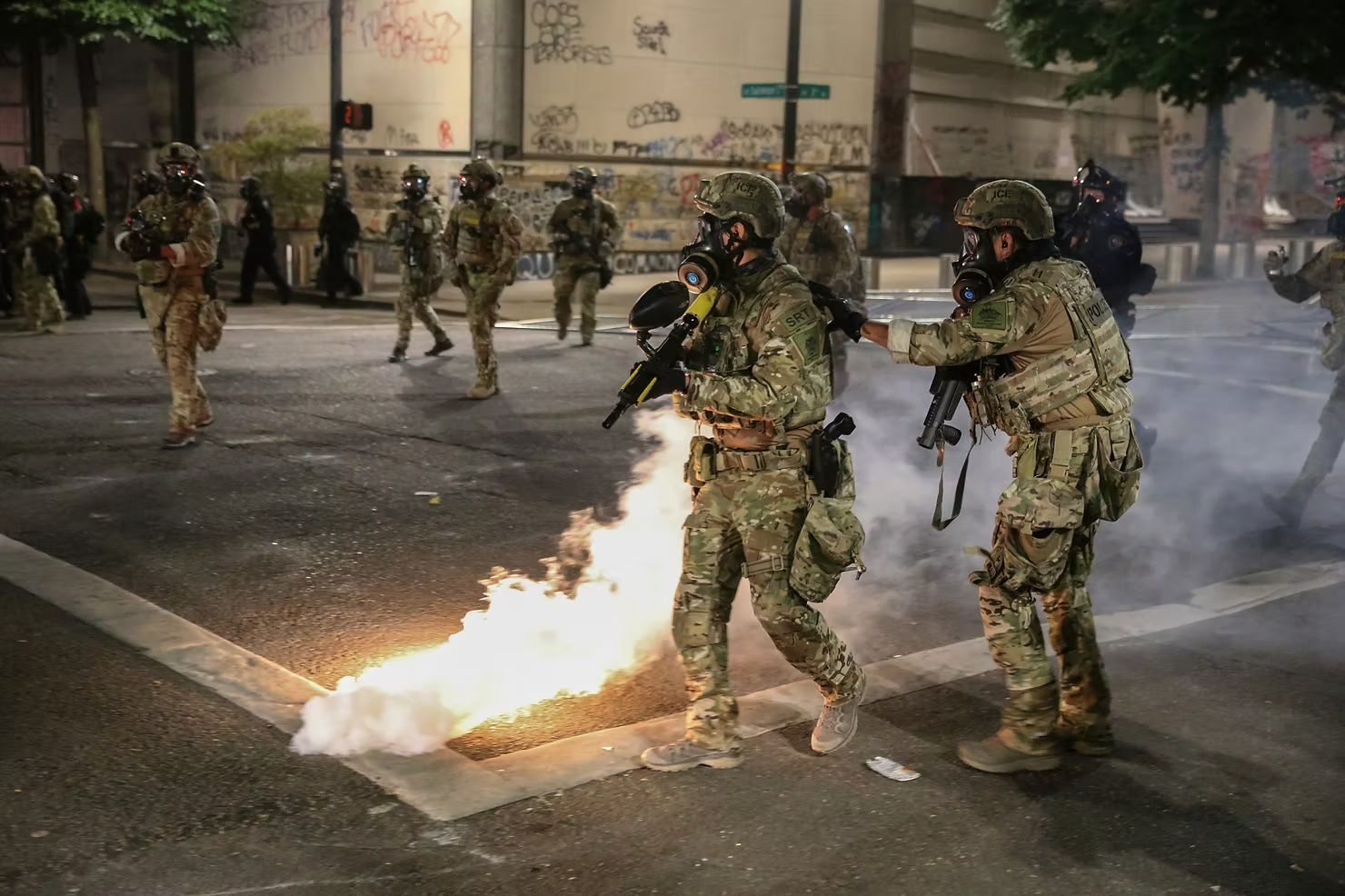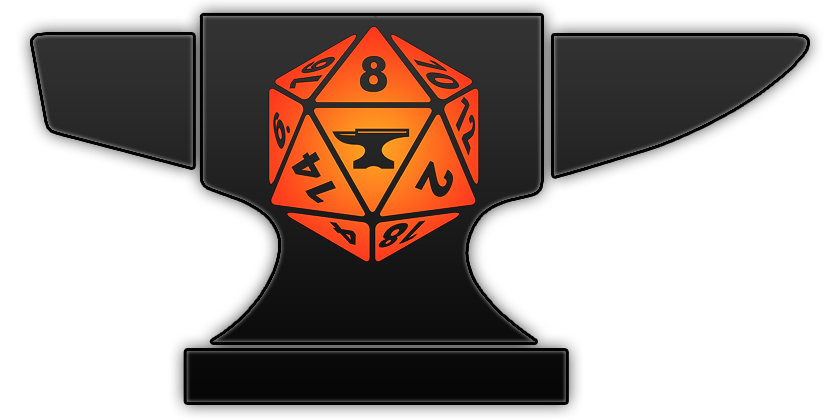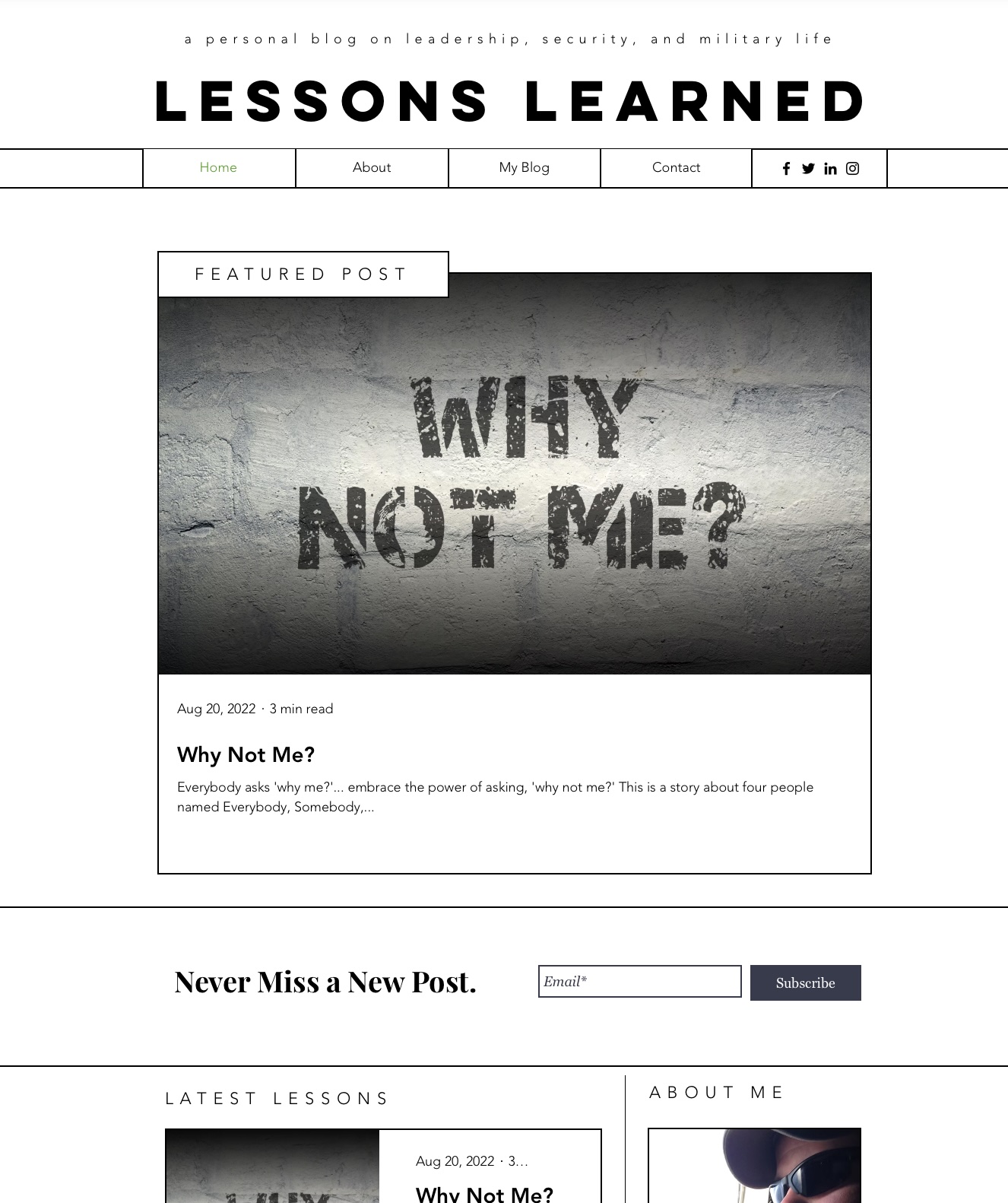A uniform is a symbol that represents your organization and affords legal authority and accountability.
Anyone following the news recently has heard about ICE’s intervention against Black Lives Matters protestors in Portland, Oregon. While many have expressed concerns about the agents themselves being “unmarked,” in all reality, their uniforms were marked, though with subdued patches. Where the confusion sets in is the relatively unusual type of uniform, and it brings to light the importance and function of a uniform for both law enforcement and military personnel. While much of the focus is on their very presence and whether or not that action is legal or prudent, little attention has been (accurately) paid to how those agents visibly present themselves before the public. This issue resonates with me as a member of the U.S. Air Force both for how they appear to be wearing the same uniform as I do, an idea I vehemently reject.
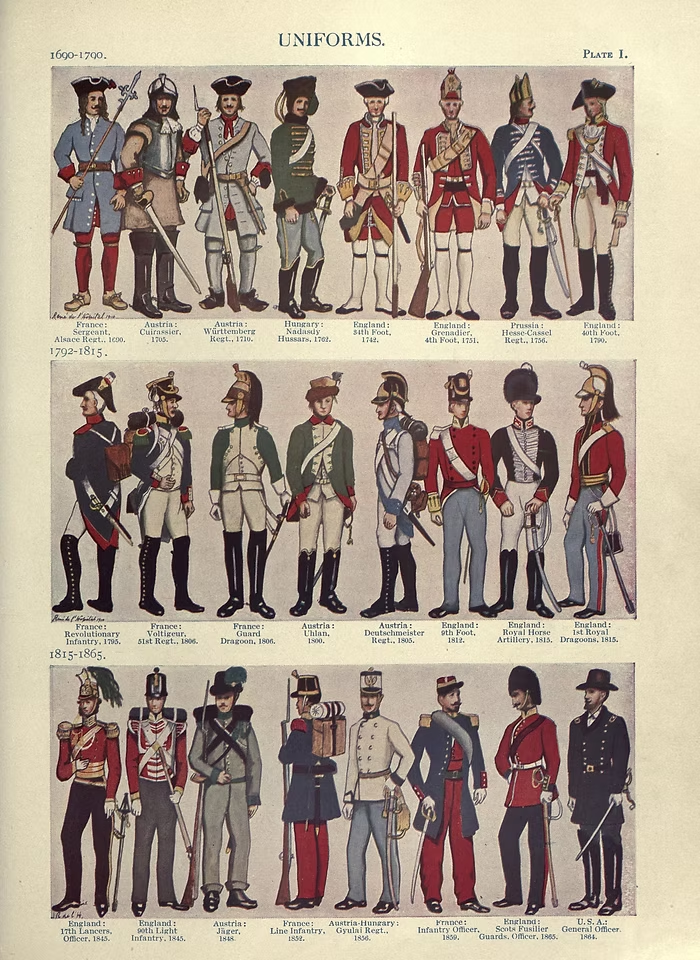
A Brief History of the Uniform
For both military and law enforcement, uniforms have a long history as icons of power and authority. For the military, uniforms have long been critical in readily identifying combatants from non-combatants, a distinction that became even more critical after the Geneva Conventions began to apply a measure of distinction from 1864 onward. As firearms proliferated across the world, the need for distinctive armor protecting against hand-to-hand combat waned, and more civilian-style clothing became popular for uniforms. Those uniforms were usually brightly-colored and peppered with distinctive accouterments to aid in easy identification of both armies in the field (otherwise cloaked by choking gunpowder smoke) and deserters on the run. By the First World War, new smokeless powders made the helpfully bright uniforms deadly, and they rapidly transitioned to subdued colors. By the latter half of the twentieth century, most militaries’ uniforms had further progressed to complex camouflage patterns meant to break up the body outline and frustrate night-vision devices.
The history of the uniform for law enforcement is more straightforward: most law enforcement up through the nineteenth century were volunteers from the community who adopted old military surplus uniforms as a matter of convenience and low expense. Much like how military uniforms help identify combatants, the police uniform helps civilians identify a trusted public official. The navy blue of many of those old uniforms continue several departments as a matter of tradition, though there is plenty of variety. One thing common to U.S. law enforcement is the clear display of a badge, usually of metal. Another is the need to be highly visible to deter potential criminals.
The Clothes Make The Man
There is substantial research showing how what people wear directly impacts their actions. In many cases pertinent to the military and law enforcement, wearing a uniform imparts a sense of tribal identity associated with authority and the ability to use force on others lawfully. I’ve experienced this attitude shift first-hand in the military, watching Soldiers, Sailors, Marines, and Airmen transition from the standard-issue uniform to something more specialized, such as a flight suit or an unusual camouflage pattern is often a symbolic metamorphosis of identity. Aircrew members have long been scoffed at as “zipper-suited sun-gods” comically assumed to be haughty and arrogant. While the Operational Camouflage Pattern (OCP) is the standard issue across the Army and Air Force today, ten years ago, it was only worn by special operations units, offering reduced visibility in modern combat… and (more importantly) an air of exclusion bordering on stereotypically elitist. That said, personnel authorized to wear such non-standard uniforms could walk into a room of folks wearing standard-issue uniforms and expect a certain level of respect… and sometimes envy. Other portions of the special operations community (and law enforcement) may go even further, relaxing the need to wear a uniform at all.
Authorization to wear civilian clothes while discharging their duties seems to be the penultimate signal of authority for both military and law enforcement. Among military circles, this often comes with the opportunity to relax grooming standards. This seems counterintuitive until we see patterns. Plain clothed law enforcement all wear the same black and navy blue suit. Civilian clothed military personnel appear to all purchase their apparel (and accessories) at REI or Bass Pro Shops. I often joke that there’s a “DoD civilian clothes bingo card” littered with brand names like Patagonia, Under Armour, Oakley, Suunto, Columbia, and Merrell. It’s funny how easily one can spot either military or law enforcement when they take pains to “blend in” with the local population.
Unfortunately, this is usually the justification for donning such clothing despite its futility or its potential for confusion.
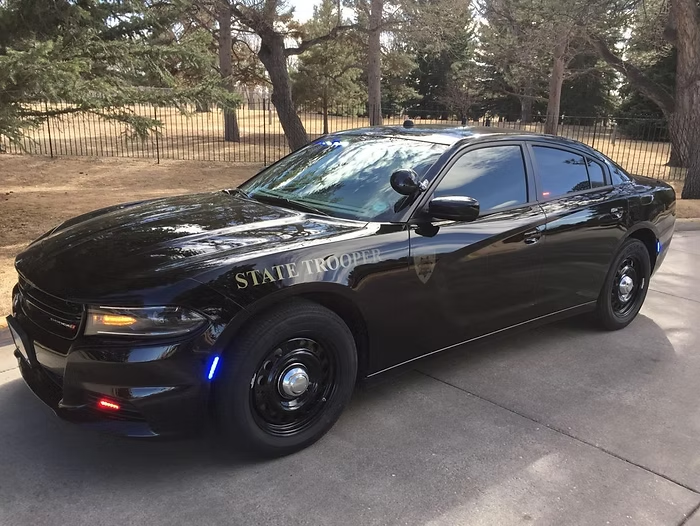
Visibility
Whether it’s a unique pattern uniform or plain/civilian clothes, the explicit goal is reduced visibility. In one case, it’s to blend in with a natural environment; in the other, it’s to reduce the perceived presence of authority figures. Given the different roles of military and law enforcement, one must ask: when is this necessary for their mission?
For the military, the camouflage uniform is dual-purpose. While it helps them blend with a natural environment, it also aids civilians identify them as the military. This confers of all the appropriate legitimate power and explicit accountability that goes with it. The uniform will bear the name, service, and (usually) patches identifying service member’s organization. If a civilian sees anyone wearing that uniform acting illegally, unethically, or immorally, it’s fairly easy to take their name, inform someone in their chain of command, and ask for corrective measures and appropriate redress. Likewise, law enforcement driving clearly-marked vehicles, wearing their name and distinctive markings on the uniform, and displaying a numbered badge helps hold the officer accountable. In both cases, it also protects the wearer by identifying when they are acting in an official capacity or acting as a private citizen. Specific to the military, if an enemy captures you, you’ve got a lot fewer uncomfortable questions to answer if you’re wearing a uniform.
People not wearing uniforms and performing the same functions as uniformed personnel may be assumed to be criminals or private organizations attempting to project the same authority. Even if they are somehow identified as law enforcement or military, they may be perceived to be trying to escape accountability. Furthermore, what is the actual benefit to the civilians? At one point in my service, I recall being directed to commute to and from the base in civilian clothes under the guise of “force protection from domestic terrorists,” yet I ask: if they must attack anybody, why not a harder target like me? What benefit do civilians get from me trying to hide among them?
With law enforcement, the matter is even dicier. Presumably, the organizational goal is to serve and protect the local community; visibility plays a crucial role in deterring crime and keeping the community safe. There are few greater symbols of a department’s disinterest with that goal than unmarked or subdued vehicles. Such tools primarily aid an officer in hiding among civilians and catching offenders after the crime has happened. Consider speeding: if the goal is public safety, a single clearly-marked police cruiser (perhaps even unoccupied) on a stretch of road will reduce the danger induced by speeding traffic far more than a line of hidden and unmarked cars waiting to pounce on and fine a few individual drivers.
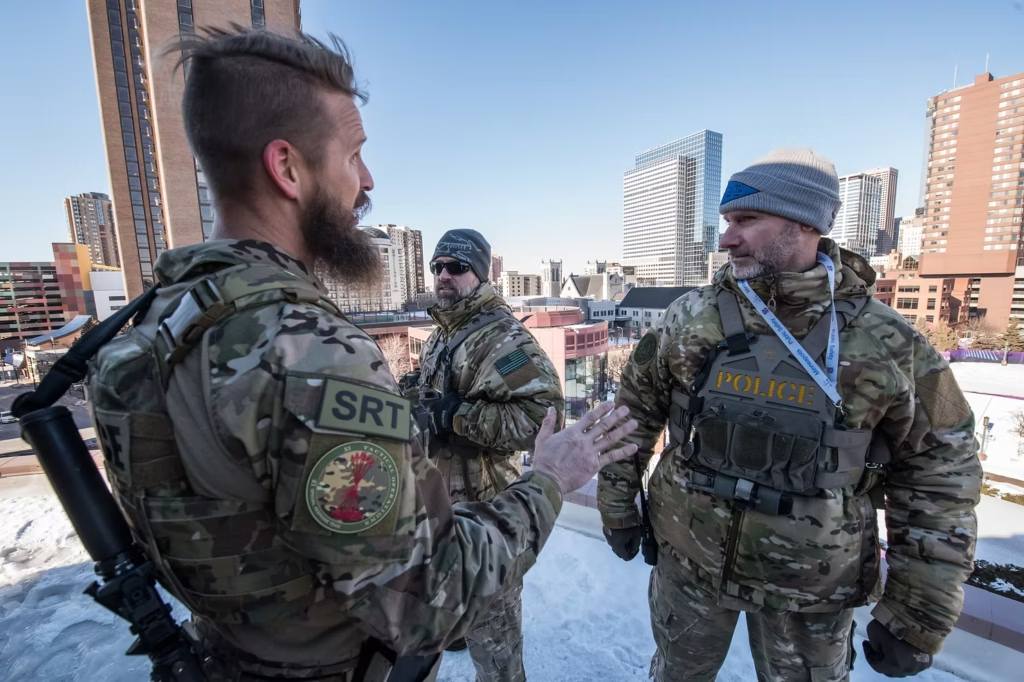
The ICE agents employed in Portland create an even greater conundrum. Instead of hiding behind plain clothes, they instead are donning uniforms clearly associated with the military. This has created some confusion among many civilians and likely amplified the conflict, neither objectives that align with traditional law enforcement goals. The Secretary of Defense, Mark Esper, has allegedly expressed concern over these kinds of activities occurring in uniforms that would otherwise carry very different legal authorities. To their credit, at least the organizational identification is visible; however, the inability to identify their name or assess their legal authority is problematic. This isn’t the first time the issue of misidentification has cropped up, as personnel from the Federal Bureau of Prisons showed up to Washington D.C. in June, refusing to identify themselves as anything other than “Department of Justice.”
Conclusion
The uniform – whether worn by military or law enforcement – matters. It conveys a clear message of legal authority and accountability. While I understand the necessity in certain rare circumstances of needing to obscure affiliation with either profession, the use of civilian plain clothes or the wrong uniform is over-employed across the board. At best, doing so is ineffective and superficially evasive; at worst, it endangers the people you’re disguised as.
